I was travelling interstate to Perth for a few days and decided to take the Canon 200-400 f4 along. My contact there had informed that I would get some opportunity to try it out. This was good as I also wanted to see how I would be able to transport it on the plane. The was going to be a 4 ½ hours flight. The lens case I had bought for my Canon 200- 400 f4 lens was airline carry-on compatible. Only thing I did was removed the harness [ which allowed me to use it as a back pack] & the waist belt. Now it looked very sleek & compact. The Canon 200-400 f4 lens fit inside snugly with the 7D body. I put additional air bags and my fleece top to provide further cushioning and avoid any movement. The harness & the belt went into my checked baggage. The carry case with Canon 200-400 f4 with gripped 7D body weighed under the allowed 7 kgs cabin baggage limit. It comes with carry handles and is well balanced.
|
Archives
October 2017
Categories
All
|
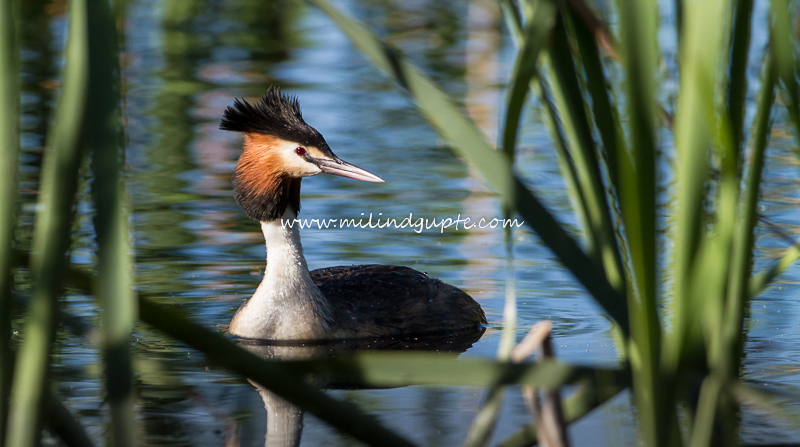
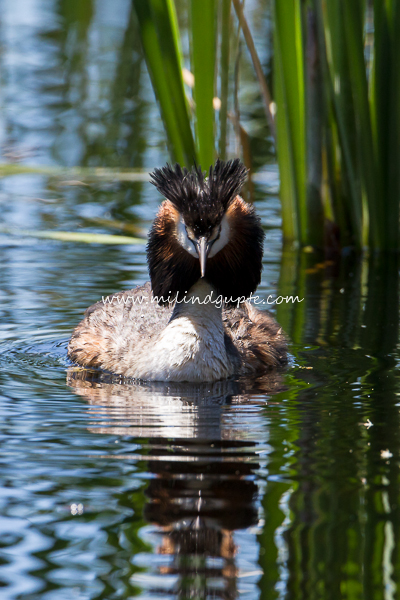
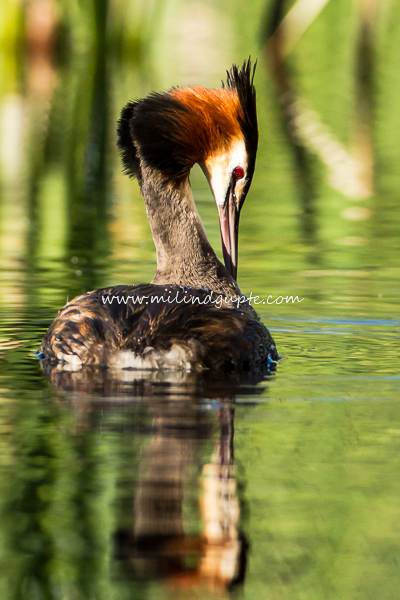
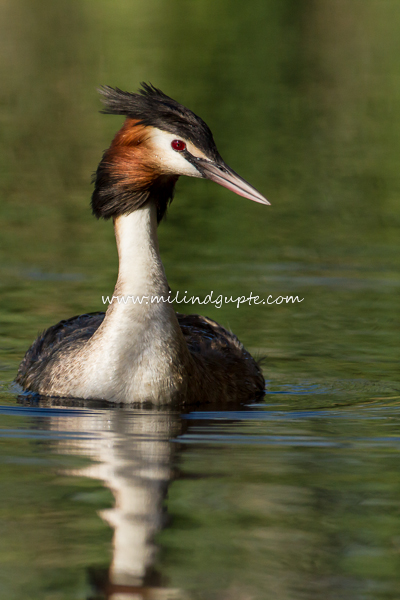
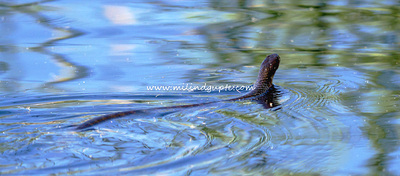

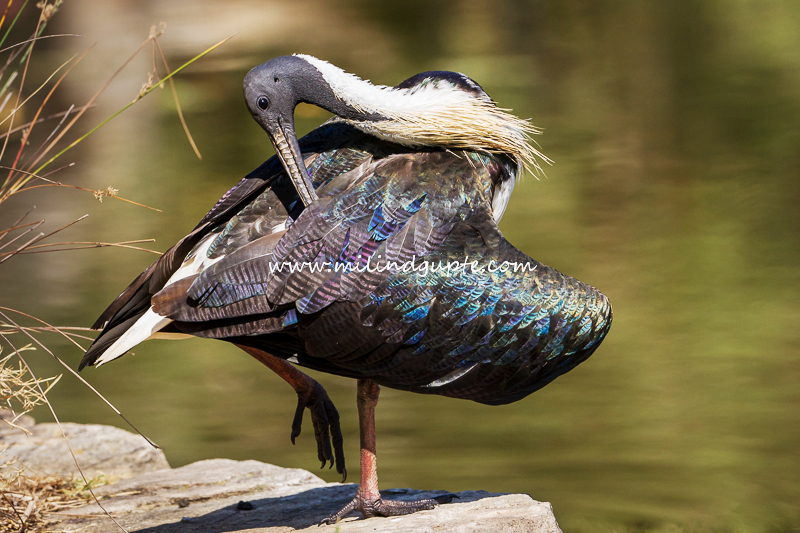

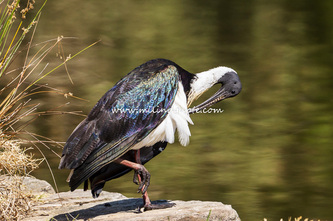
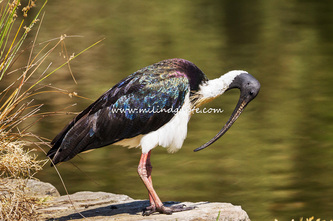
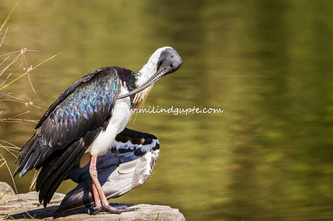
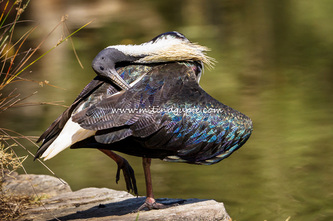
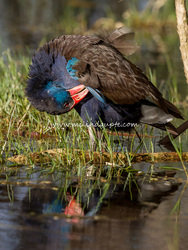

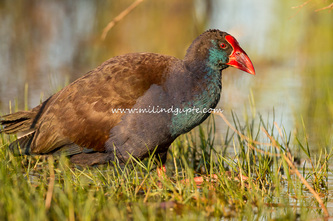
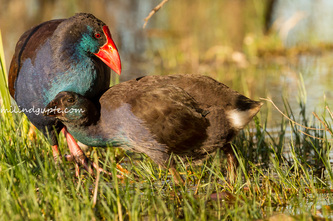
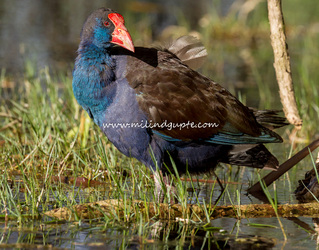
 RSS Feed
RSS Feed
